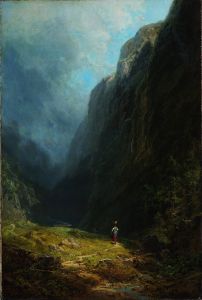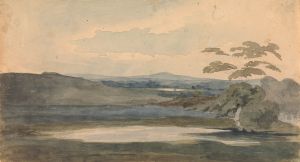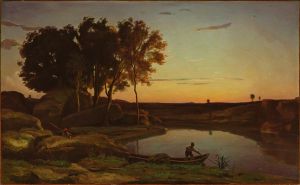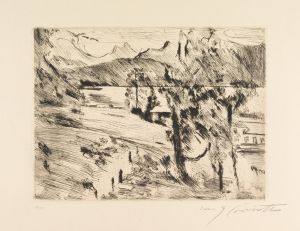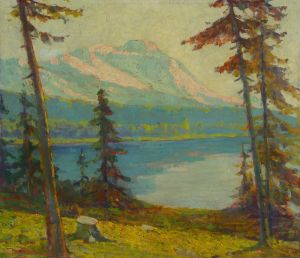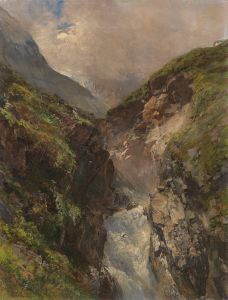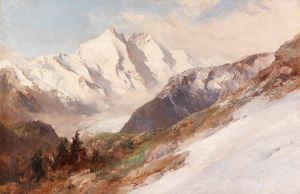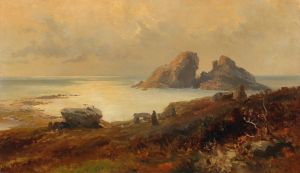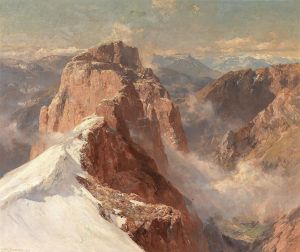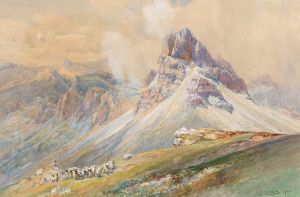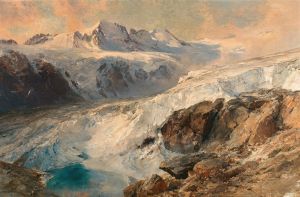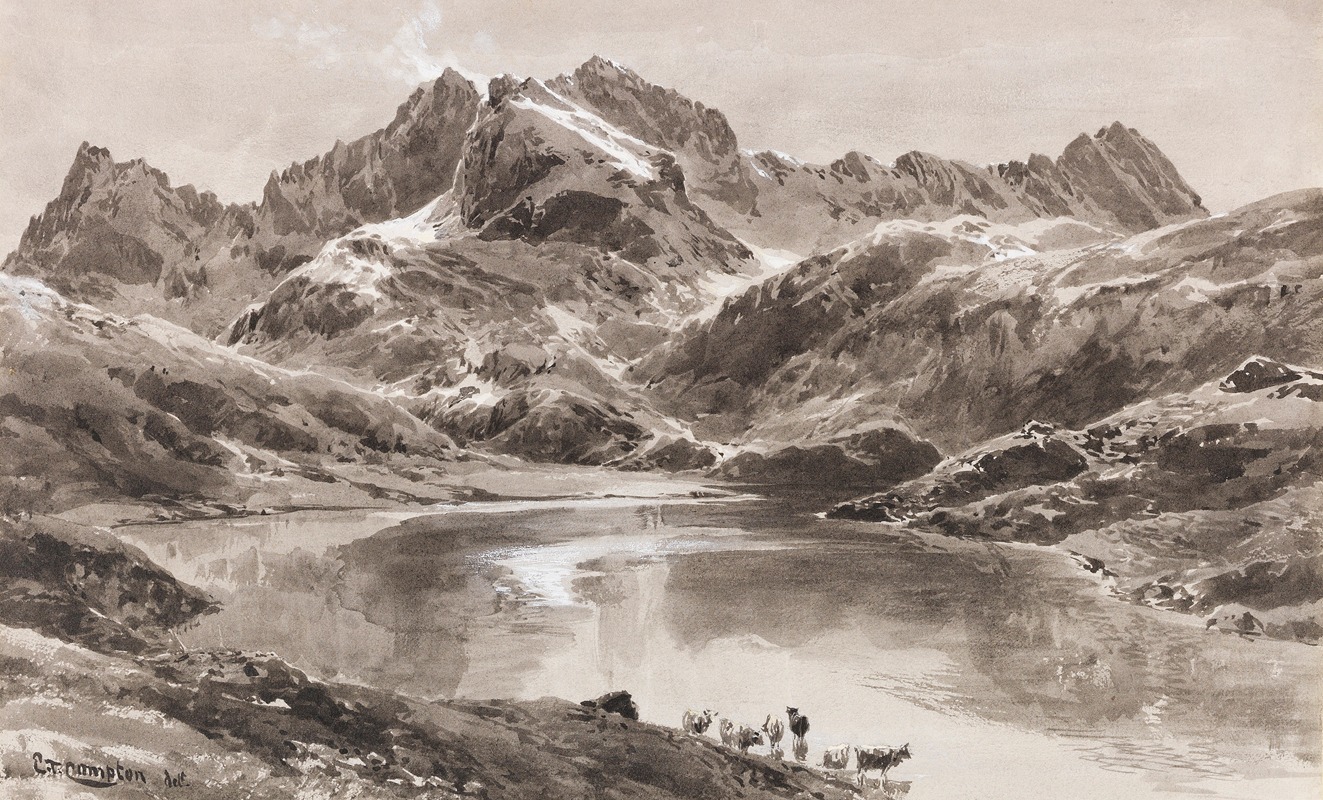
Zürsersee gegen die Wildgrubenspitze
A hand-painted replica of Edward Theodore Compton’s masterpiece Zürsersee gegen die Wildgrubenspitze, meticulously crafted by professional artists to capture the true essence of the original. Each piece is created with museum-quality canvas and rare mineral pigments, carefully painted by experienced artists with delicate brushstrokes and rich, layered colors to perfectly recreate the texture of the original artwork. Unlike machine-printed reproductions, this hand-painted version brings the painting to life, infused with the artist’s emotions and skill in every stroke. Whether for personal collection or home decoration, it instantly elevates the artistic atmosphere of any space.
Edward Theodore Compton was a renowned English-born artist and illustrator, celebrated for his detailed and evocative landscapes, particularly those depicting the Alpine regions. His work, "Zürsersee gegen die Wildgrubenspitze," is one of the many paintings that capture the majestic beauty of the Alps, showcasing his profound appreciation and understanding of mountainous landscapes.
Compton was born in 1849 in Stoke Newington, London, and later moved to Germany, where he spent much of his life. His fascination with mountains began at an early age, and he became an avid mountaineer, which greatly influenced his artistic work. His paintings are noted for their accuracy and attention to detail, reflecting his personal experiences and explorations in the mountains.
"Zürsersee gegen die Wildgrubenspitze" translates to "Lake Zürs towards the Wildgrubenspitze." The painting likely depicts the Zürsersee, a lake situated in the Austrian Alps, with the Wildgrubenspitze, a notable peak in the region, serving as a backdrop. This area is part of the Arlberg region, known for its stunning natural beauty and popular as a skiing destination.
Compton's work is characterized by his ability to capture the interplay of light and shadow on the rugged terrain, bringing the landscape to life with a sense of realism and grandeur. His paintings often convey a sense of tranquility and majesty, inviting viewers to appreciate the sublime beauty of nature.
Throughout his career, Compton produced numerous paintings and illustrations, many of which were published in books and journals dedicated to mountaineering and natural history. His work not only served as artistic expressions but also as valuable records of the landscapes he depicted, providing insights into the natural environments of the time.
Compton's legacy extends beyond his paintings; he was also a respected member of the mountaineering community. He was a member of the Alpine Club and participated in numerous expeditions, which informed his artistic practice and contributed to the authenticity of his work.
While specific details about the creation and history of "Zürsersee gegen die Wildgrubenspitze" may not be extensively documented, it stands as a testament to Compton's skill and passion for capturing the essence of the Alpine landscape. His work continues to be appreciated by art enthusiasts and mountaineers alike, serving as a bridge between the worlds of art and nature.
Edward Theodore Compton passed away in 1921, but his paintings remain influential, celebrated for their technical precision and the emotional depth with which they portray the natural world. His contributions to landscape painting and his dedication to exploring and documenting the Alps have left a lasting impact on both the art world and the field of mountaineering.





